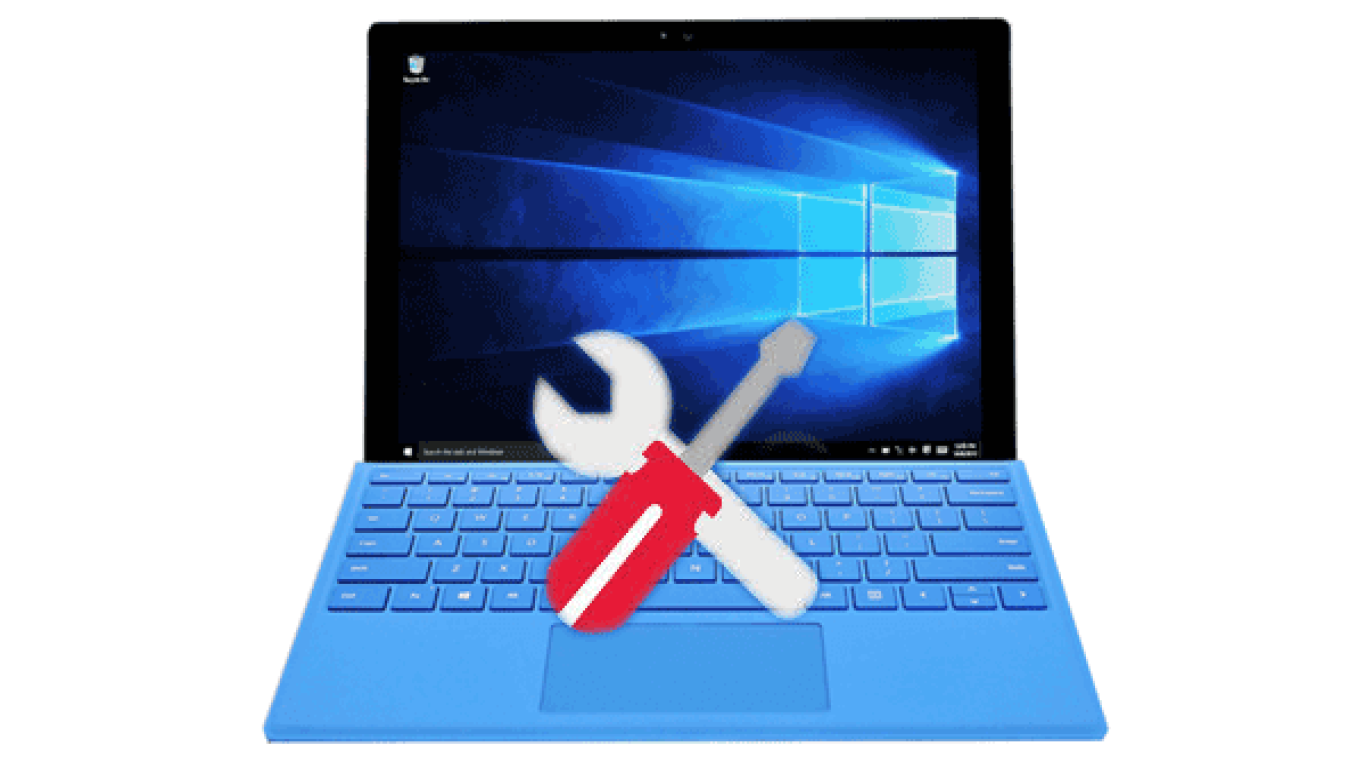Steps to Reinstall Windows on Your PC
Steps to Reinstall Windows on Your PC: Your Ultimate Guide to a Smooth Reinstallation Process
Reinstalling Windows on your PC can seem like a daunting task, but with the right guidance and preparation, it can be a breeze. Whether your system is running slow, encountering frequent errors, or you just want a clean slate, this guide will walk you through the process step-by-step. By the end of this article, you'll be equipped to reinstall Windows like a pro. Let's dive in!
Understanding the Reasons Why You May Need to Reinstall Windows on Your PC
Reinstalling Windows is not always necessary, but there are certain situations where it's the best course of action. Some common reasons include persistent software issues, malware infections, slow performance, or upgrading to a new SSD or hardware component. Knowing the reason helps you determine the best reinstall method.
Choosing the Right Version of Windows for Your PC Reinstallation
Before you start the reinstallation process, it's crucial to decide which version of Windows you want to install. If you're using Windows 10 or 11, make sure you have the correct version. Consider factors like hardware compatibility and the features you need for your daily tasks.
Preparing Your PC for Windows Reinstallation: Backup Your Data
One of the most critical steps before you reinstall Windows on your PC is to back up all your important data. This includes documents, photos, videos, and software licenses. Use external drives, cloud storage, or a combination of both to ensure your data is safe.
Downloading the Windows Installation Media
To reinstall Windows, you'll need the installation media. You can download it directly from the official Microsoft website. Make sure you have a blank USB drive with at least 8GB of space to create the installation media.
Creating a Bootable USB Drive for Windows Reinstallation
Once you have the installation media, you'll need to create a bootable USB drive. This involves using software like the Windows Media Creation Tool. Follow the on-screen instructions carefully to ensure the USB is prepared correctly.
Setting Up Your PC's BIOS to Boot from the USB Drive
Before you can reinstall Windows, you'll need to configure your PC to boot from the USB drive. This involves accessing the BIOS or UEFI settings. Make sure your PC is set to boot from the removable drive first.
Starting the Windows Reinstallation Process on Your PC
With your PC set to boot from the USB drive, insert the drive, and restart your computer. Follow the on-screen instructions to begin the reinstallation process. Be sure to select the correct drive and partition for a fresh installation.
Customizing the Windows Installation for Optimal PC Performance
During the installation, you'll have the option to customize settings. This can include language preference, time zone, and keyboard settings. Additionally, you might choose to install additional features or remove unnecessary ones for better performance.
Installing Necessary Drivers and Software After Reinstalling Windows
Once Windows is reinstalled, it's important to install drivers and software necessary for your hardware. This includes graphics drivers, audio drivers, and any other device-specific software. Use the manufacturer's website to download the latest drivers.
Restoring Your Data and Settings After a Windows Reinstallation
With Windows freshly installed, it's time to restore your data. Copy files from your backup and reinstall your essential software. Be sure to check for updates to ensure everything runs smoothly. Customize your settings to your preferences for a personalized experience.
Troubleshooting Common Issues After Reinstalling Windows on Your PC
Sometimes, reinstallation may not go as planned. You might encounter issues like activation problems, missing drivers, or software incompatibilities. Be ready to troubleshoot and resolve these issues to ensure your system runs perfectly.
Ensuring Your Windows-PC Remains Efficient Post-Reinstallation
To keep your freshly installed Windows system running efficiently, ensure you keep up with regular updates, perform system maintenance, and keep your drivers up to date. Implement a regular backup routine to prevent data loss in the future.
Conclusion: Reinstall Windows with Confidence and Keep Your PC Running Smoothly
By following these steps to reinstall Windows on your PC, you can enjoy a smooth and efficient computing experience. Remember, preparation is key to a successful reinstallation. Whether you're resolving system issues or just starting fresh, knowing the process can save you time and frustration.
Frequently Asked Questions (FAQ)
Q1: How often should I reinstall Windows on my PC? Reinstalling Windows should not be a frequent task. Consider it every few years or when you encounter persistent issues that can't be fixed through regular troubleshooting.
Q2: Can I reinstall Windows without losing my files? Yes, it's possible to reinstall Windows without losing files using the "Keep personal files only" option during installation. However, it's always best to back up your data beforehand.
Q3: What if my USB drive isn't being recognized during the reinstallation? If your USB drive isn't recognized, check your BIOS settings to ensure that USB booting is enabled. You may also need to recreate the bootable USB using reliable software.
Q4: Do I need an internet connection to reinstall Windows on my PC? While you don't need it for the initial installation, an internet connection is required to activate Windows and download necessary updates and drivers post-installation.
Q5: Will reinstalling Windows improve my PC's speed and performance? Reinstalling Windows can significantly improve your PC's performance by removing unnecessary files and errors accumulated over time. However, ensure your hardware meets the necessary specifications for optimal performance.
#stepstoreinstallwindows #reinstallwindowspc #windowsreinstallationguide #reinstallwindowssteps #windowsinstallationprocess
